
You’re planning your next vacation and want to make a positive impact, right? Interestingly, about 50% of money spent on tourism ends up leaving the local destinations. This post will guide you through understanding and reducing this negative effect of travel called “tourism leakage” so that on your next trip you can be more proactive in having a positive impact on the places you visit.
Key Takeaways
- Tourism leakage happens when the money you spend on vacation benefits global companies instead of the local economy. This means less support for local businesses and fewer jobs for residents.
- Import leakage is where tourists’ demand for home-like products causes money to flow out through imports, while export leakage sees profits from tourism leaving the host country via foreign-owned businesses.
- In Alaska, only $0.10 of every dollar spent by cruise passengers stays in the local economy due to reliance on foreign-owned ships and resorts.
- You can reduce tourism leakage by staying in locally owned accommodations, eating at local restaurants, buying from local artisans, exploring lesser-known places, and traveling off-season or flight-free.
- Influencers play a key role in fighting tourism leakage by promoting sustainable travel practices that funnel money back into local communities rather than international corporations.
Definition of Tourism Leakage
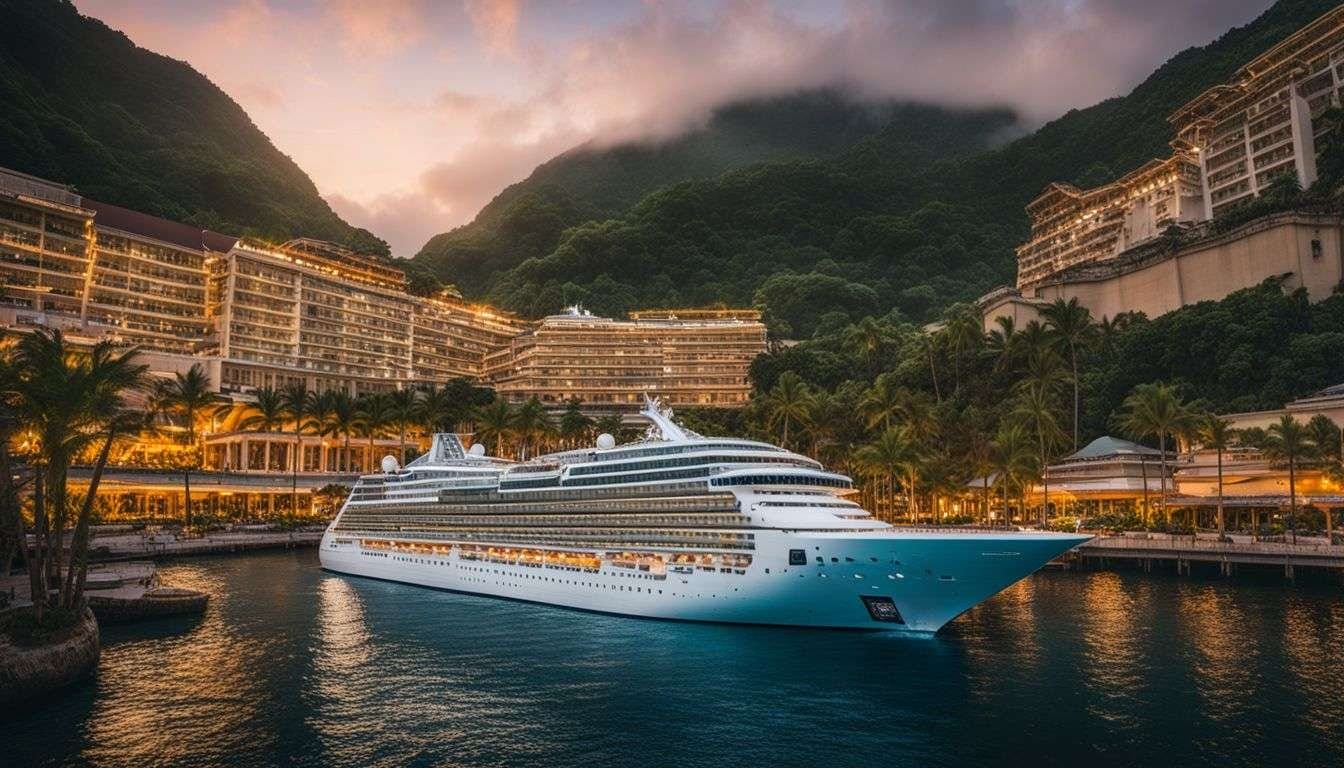
Tourism leakage happens when the money tourists spend doesn’t stay in the local economy. Instead, it benefits multinational corporations and foreign countries. Imagine spending your dollars on a holiday, expecting to help the local community, but half of that money flies away to other parts of the world.
Often found in developing nations hungry for tourism income, this issue means less cash sticks around to enhance local development. It’s a big deal because these communities need every penny to improve their living standards and infrastructure.
Despite good intentions, travelers might unknowingly contribute more to international corporations than the small town they visit.
Why is Tourism Leakage a Problem?

Money spent by tourists often doesn’t stay where it’s needed most. Imagine visiting a beautiful, remote village and spending your vacation funds there. You’d expect that money to help the local community thrive, right? However, due to tourism leakage, this isn’t always the case.
A large chunk of what you spend can end up in the pockets of companies based far away from your holiday spot. This means less financial support for local businesses and fewer opportunities for people living in these tourist destinations.
Developing countries feel the sting of tourism leakage acutely. Many local communities lack the resources to build their own hotels or attractions, paving the way for foreign investors to step in.
While this does create jobs, it also sets up exclusionary supply chains. Local entrepreneurs find themselves unable to compete or access tourist dollars directly. This fosters inequalities and contributes to cultural erosion, as traditions and local values get sidelined in favor of catering to international tastes and standards.
Types of Tourism Leakage

Many travelers are not aware that when they visit a destination, their money can slip away without really helping the local economy. This happens through different paths – think of it as a leaking bucket where the water is your hard-earned cash meant to support the places you visit.
Import Leakage
Import leakage happens when money spent by travelers doesn’t stay in the local economy. Instead, it goes to foreign companies for services and goods like hotels or imported food. This can be a big problem because up to 50% of what tourists spend in developing countries ends up leaving through this leak.
It means less money for local jobs, businesses, and projects that could help communities grow.
This leakage worsens issues like overtourism and inequality. Big resorts might bring lots of tourists but often rely on imports for their fancy offerings, sidelining local producers and entrepreneurs.
As a result, even though destinations see millions of visitors, the actual benefits for local residents can be slim. Addressing and reducing import leakage is crucial to ensure that tourism supports rather than harms these communities.
Export Leakage
Export leakage happens a lot in developing countries. It’s when big international companies make money in these places but then take most of that cash back to where they come from.
Imagine tourists spending their dollars on a vacation, and instead of supporting local businesses, the bulk ends up with corporations far away. This is a huge deal because it means less money stays in the community to help it grow and improve.
For example, St. Lucia sees about 56% of its tourism income flying away due to export leakage. That’s more than half of what tourists spend there! When you choose an all-inclusive resort or a cruise, often owned by giants outside the host country, your holiday bucks mainly benefit those foreign owners.
This scenario leaves less for local improvements and growth initiatives that can really make a difference for the residents’ quality of life and the environment.
The Impact of Tourism Leakage on Local Economies
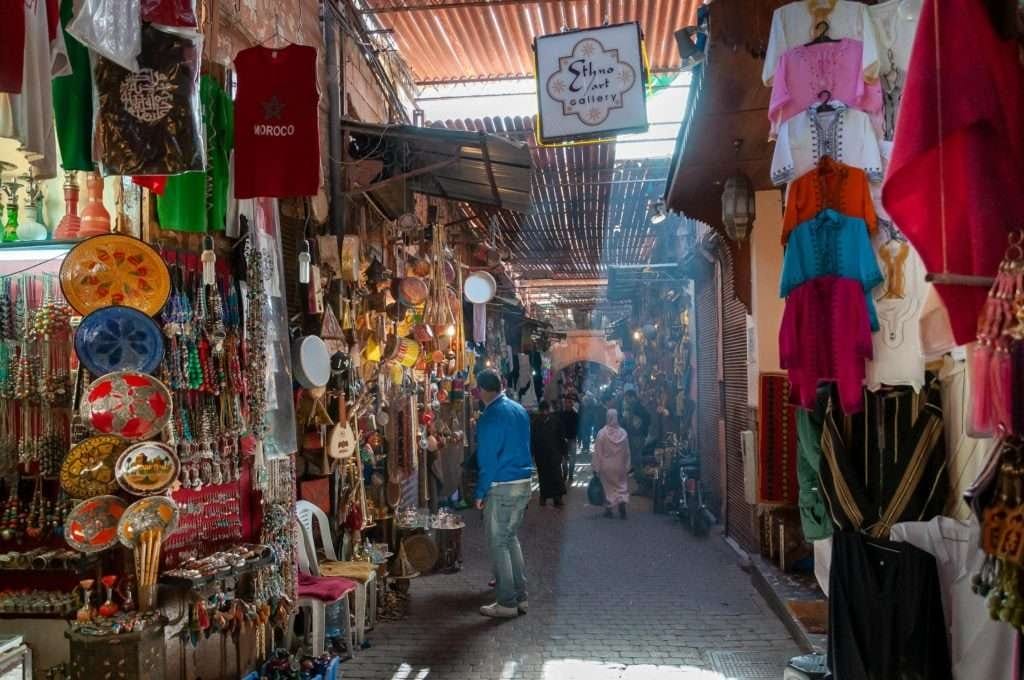
Tourism leakage hits local economies hard, stripping away potential benefits from the communities travelers come to see. Imagine this: only four out of every ten dollars spent by vacationers actually stay in places like India.
Even more shocking, up to 80% of what you spend in Caribbean countries might end up elsewhere; most likely to foreign-owned business profits. This massive outflow means less money for local development, fewer jobs for residents, and minimal support for small businesses struggling to compete with big international players.
Local entrepreneurs often get pushed out because they can’t access tourists or succeed against the heavyweights. With such a high percentage of your travel dollars floating away, poverty alleviation slows down, making it tough for low-income areas to thrive on tourism alone.
This situation underlines the importance of choosing where and how we travel more thoughtfully—aiming to plug these leaks and bring more tangible benefits back into local hands.
Case Study: Examining Tourism Leakage in Alaska
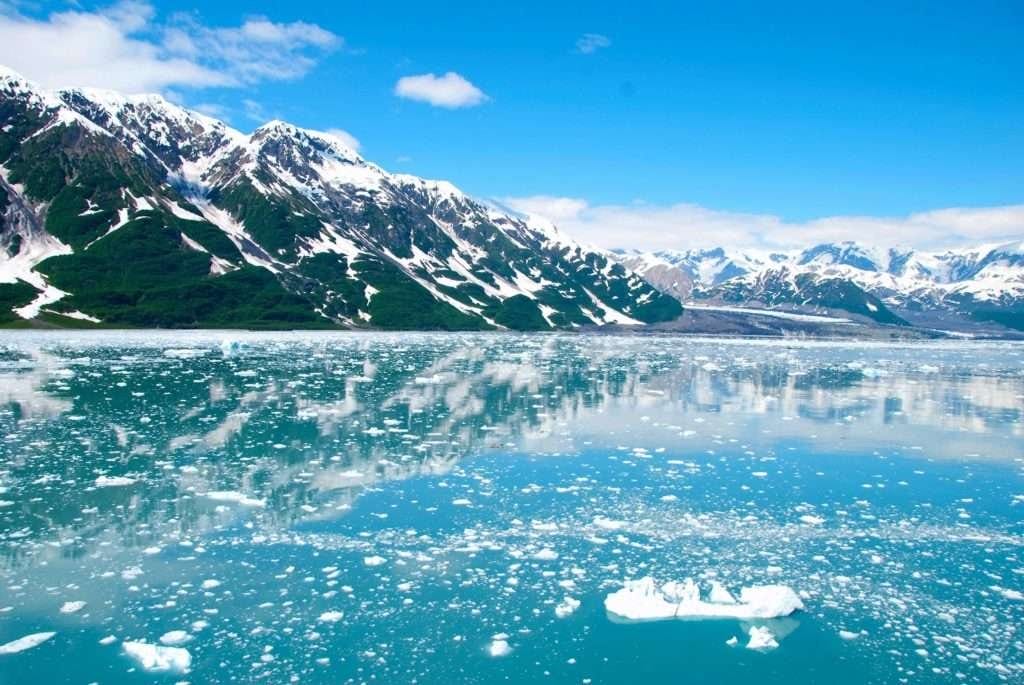
Alaska is a hotspot for tourists, especially those coming through the cruise industry. This influx of visitors should mean big bucks for local Alaskans, right? Not exactly.
Much of the money spent by these holidaymakers doesn’t stay in Alaska. It leaks out to other places due to the heavy reliance on cruise ships and all-inclusive resorts owned by companies not based in Alaska.
These external entities often import their own food, supplies, and even employees, sidelining local businesses and workers.
To tackle this challenge, some locals have gotten creative – think visiting during the off-season of the major cruise companies or directly reaching out to support Native-owned tourism alternatives. Imagine swapping a crowded cruise ship for a quiet snowshoe trek or fishing with locals who tell tales about their creation stories from time and memorial. Plus, dining at mom-and-pop restaurants where every dish tells a story adds flavor to your adventure while keeping dollars within the community.
Such efforts shine a light on how travelers can directly contribute to reducing tourism leakage simply by choosing how and when they visit Alaska.
Strategies to Reduce Tourism Leakage
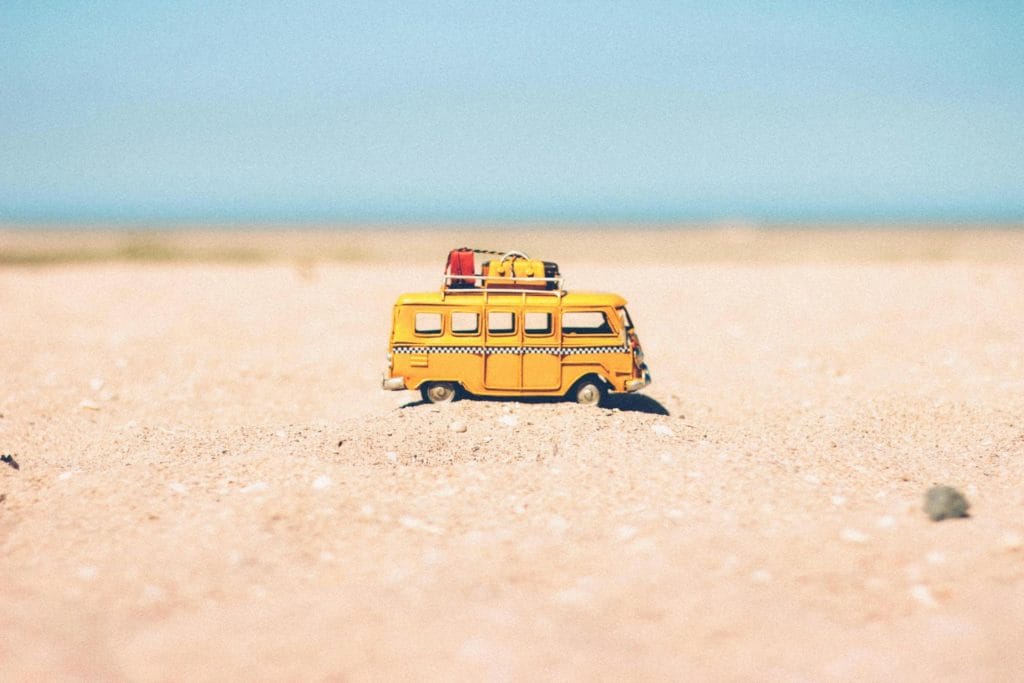
To cut down on tourism leakage, think about diving into the heart of local life—where your actions directly boost the community’s economy.
Staying, shopping, and eating local
Staying in locally owned hotels or guesthouses puts money directly into the community’s pocket. It supports families and helps build a sustainable tourism sector that benefits everyone, not just big international companies.
Eating at local restaurants and buying from local markets does the same. It spreads out tourism dollars, so they reach even the smallest vendors.
Shopping for souvenirs? Look for items made by local artisans. This move ensures your gifts carry authentic stories from their origin. Plus, it fosters employment and preserves traditional crafts that might otherwise vanish in the shadow of mass-produced goods.
Every dollar you spend is an investment in social development and poverty reduction within those communities.
Exploring alternatives to tourist hotspots
Check out less-known places instead of hitting the usual tourist spots. This switch can make your trip unique and more enriching. Local businesses in these areas often rely on travelers like you for their income.
By choosing long-distance hiking trails, wildlife-watching trips, or multi-activity adventures, you directly support rural communities and their economies.
Asking questions about how your visit supports local culture shows you care. Opt for small-group tours that emphasize genuine local experiences over mass tourism options.
Travel off-season to help spread visitor spending throughout the year, benefiting places that might otherwise be overlooked.
Your curiosity and willingness to embrace new experiences can positively impact indigenous communities and conservation projects while offering you unforgettable memories.
Supporting niche experiences rooted in the community
Choosing to support niche experiences rooted in the community keeps money where it belongs — in the local economy. Think long-distance hiking trails, watching wildlife, or diving into multi-activity adventures.
These aren’t just fun; they’re a lifeline for rural areas and small businesses craving your attention and dollars.
Engaging with these unique experiences not only enriches your travel but also strengthens rural economies. Buying local crafts, eating at neighborhood diners, and staying in locally-owned lodgings multiply the positive impacts of your visit.
This approach turns you from a tourist into a contributor to environmental sustainability and economic vitality in places eager for thoughtful visitors like you.
Opting for flight-free travel
Opting for where you can avoid taking a flight can help, especially in light of the environmental impact. Consider this – flying emits 14 times the amount of CO2 compared to taking a train from London to Paris.
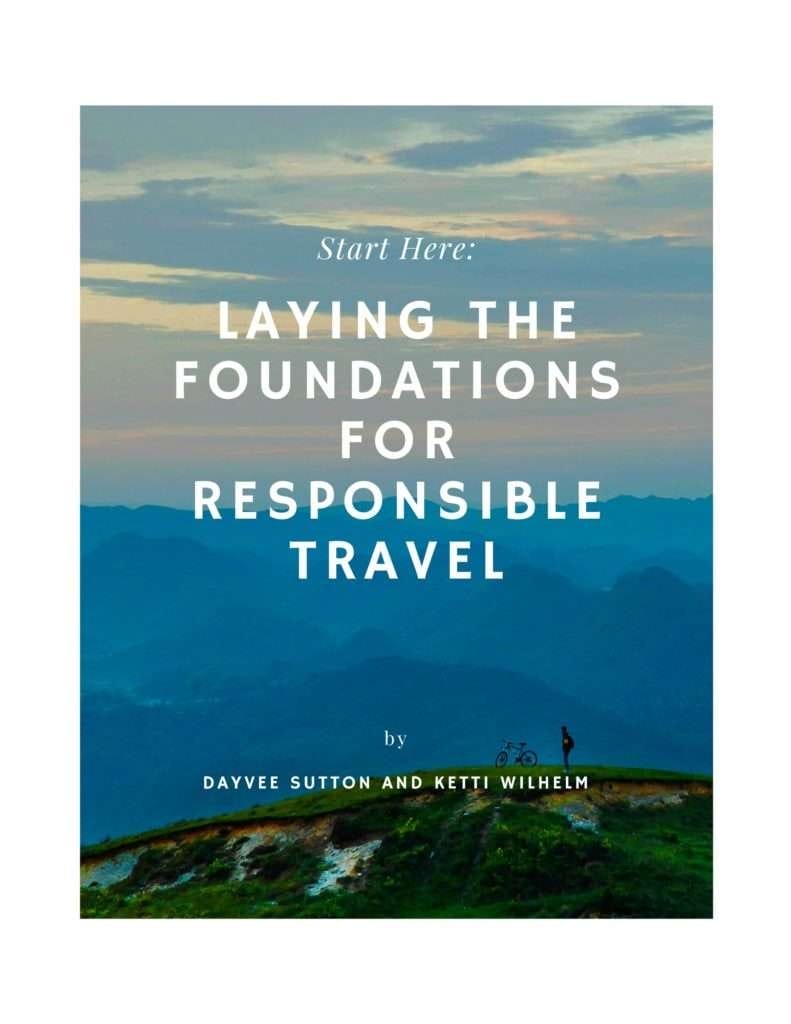
Responsible Travel 101
Looking for a comprehensive understanding of this topic? Our white paper is meant to answer your top questions on this subject.
Lorem ipsum dolor sit amet, consectetur adipiscing elit. Ut elit tellus, luctus nec ullamcorper mattis, pulvinar dapibus leo.
This fact alone makes it clear why travelers are getting curious about alternatives like trains. Europe’s growing rail network offers an appealing option, connecting cities and countries with speed and comfort.
This choice supports not just the environment but also local economies. Instead of international cruises or flights that contribute to tourism leakage, traveling by train encourages you to stay, shop, and eat locally.
It aligns perfectly with eco-friendly practices like ecotourism while reducing your carbon footprint dramatically. Plus, it opens up new opportunities to explore hidden gems off the beaten path—those niche experiences rooted in community that enrich travel so much more than conventional tourist spots ever could.
Incorporating conservation elements into travel plans
Traveling smart means thinking about the planet and local cultures. You can start by visiting places during off-seasons. This reduces crowding and helps spread your tourism dollars throughout the year.
Choosing Native-owned cruise lines not only offers unique insights into local traditions but also supports conservation efforts directly linked to those communities.
Stay in locally-owned accommodations and dine at restaurants that source ingredients from nearby farms or markets. Use local guides for a more authentic experience, especially in less-visited areas.
These choices help keep money within the community, benefiting everyone involved. Local culture thrives when travelers choose specialist businesses deeply rooted in regional customs and landscapes.
Engaging with such enterprises enriches your travel experience while fostering sustainable development in the areas you visit.
The Role of Influencers in Mitigating Tourism Leakage
Influencers have a unique power to shape the tourism industry. They can guide travelers towards more sustainable choices that benefit local economies. By showcasing less-known spots and supporting local businesses, influencers drive attention and dollars into areas that might otherwise be overlooked.
They highlight authentic experiences over tourist traps, encouraging followers to explore responsibly.
Their recommendations can lead you to dine at a family-owned eatery, stay in locally-run accommodations, or buy crafts directly from artisans. This kind of travel not only enriches your experience but also helps keep money within the community.
As influencers promote these practices, they play a crucial role in reducing tourism leakage by fostering an ecosystem where spending benefits the destination’s residents directly.
Check out my IG reel explaining this topic more.
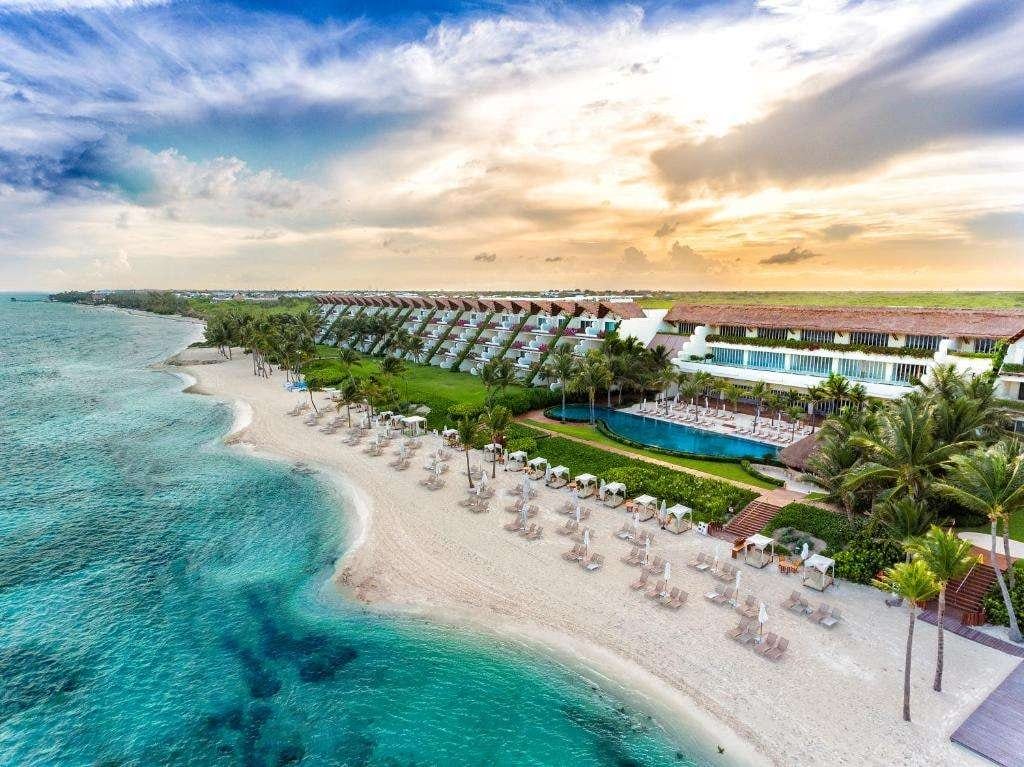
Grand Velas Riviera Maya
between Cancun and Playa del Carmen, Q.R., Mexico

How Linkages can Minimize Leakages
Creating strong linkages with local communities is a powerful way to keep tourism dollars nearby. Training and hiring locals not only provide jobs but also ensure that the money travelers spend sticks around longer.
This approach helps in reducing leakages significantly, as it encourages tourists to invest directly into the area they’re visiting.
Backwards and forward linkages play a critical role here—connecting tourism businesses with local suppliers and various sectors within the community. By doing so, every dollar spent by visitors has a greater impact, circulating within the locale instead of flowing out.
Such strategies allow for a more diversified economy, making destinations like Juneau or Bali more resilient against external shocks while promoting sustainable travel that truly benefits those who call these places home.
Quick List Facts on Tourism Leakage
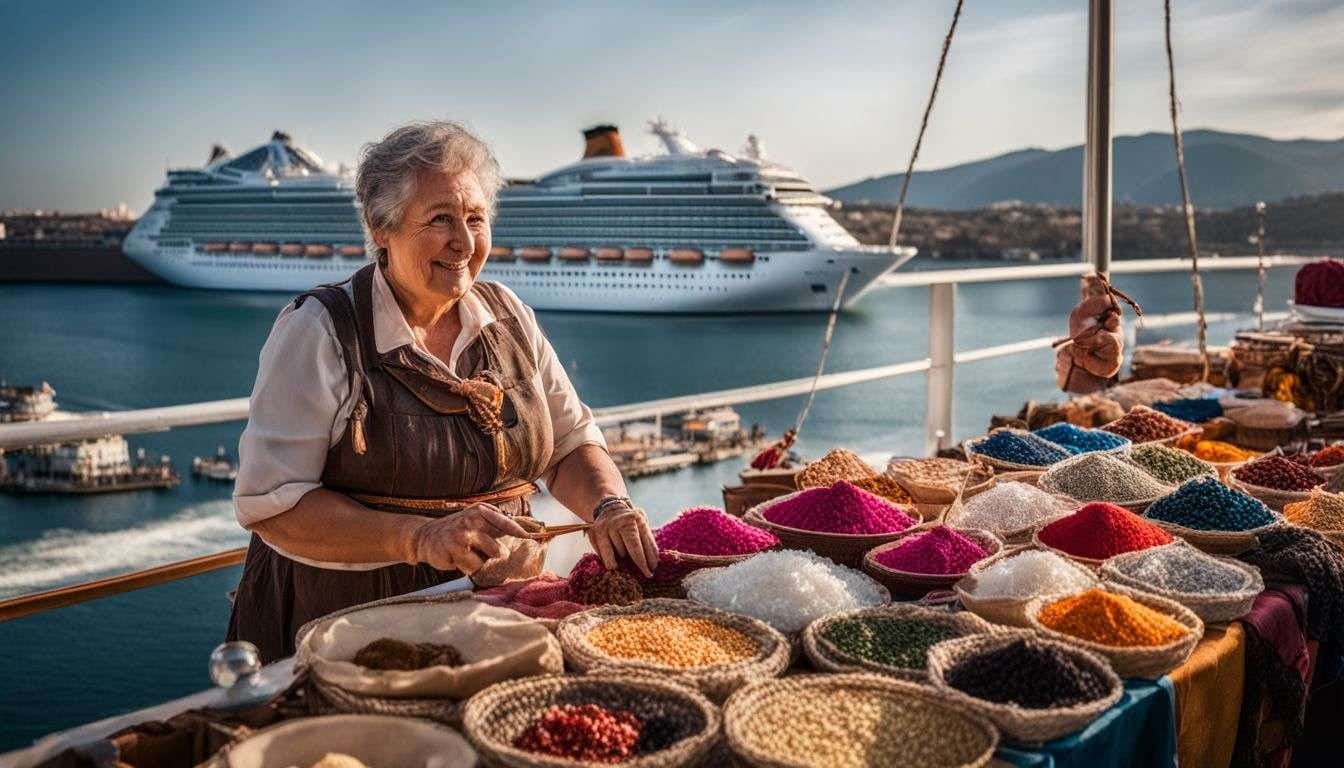
Here’s a quick reference guide surrounding the main points of tourism leakage.
| Fact | Detail |
|---|---|
| Definition of Tourism Leakage | Occurs when the profits from international tourism activities benefit the global industry, not the local economy where it operates. |
| Types of Tourism Leakage | Primarily categorized into import leakage and export leakage. |
| Import Leakage | When tourists demand standards and products similar to their home countries, leading to imports rather than local purchases. |
| Export Leakage | Occurs when the majority of the tourism revenue leaves the country, for example, through foreign-owned tour operators. |
| Alaska Case | In 2000, only .10 cents of every dollar spent by cruise passengers in Skagway, Alaska, remained in the local economy.*No updated data has been released in 24 years. |
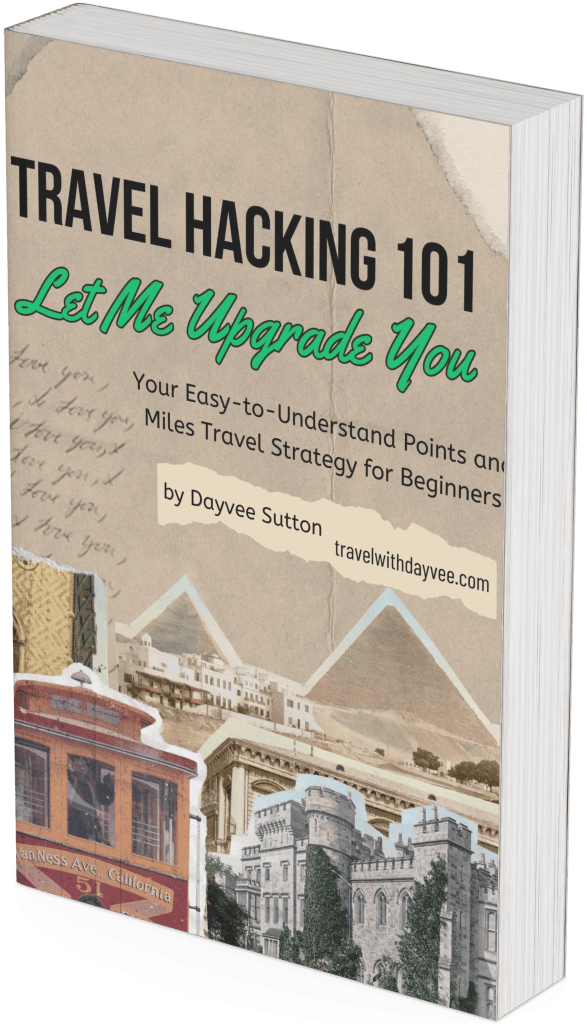
Let Me Upgrade You!
Ultimate Guide to Travel Hacking
Learn more about maximizing your travel rewards with credit cards. Get access to my Easy-to-Understand Points and Miles Travel Strategy for Beginners.
Subscribe now and unlock our exclusive Travel Downloads Library.
Conclusion
When we as travels add to tourism leakage it might seem like a drop in the ocean, but it creates waves across local economies. Every dollar that flies away with foreign investors leaves behind communities grappling for support.
Understanding this impact pushes us to rethink travel habits–from choosing where and how we spend our money to supporting local over global. It’s not just about seeing the world; it’s about ensuring the world remains vibrant for those who call these destinations home.
FAQs
1. What is tourism leakage, and why does it matter?
Tourism leakage happens when the money spent by travelers in a destination doesn’t stay local but instead goes to foreign companies, like multinational corporations. This means less cash for local businesses and workers, especially in places that really need it—think of low-income areas or regions relying heavily on tourism.
2. How do foreign investments affect local economies in tourist spots?
Foreign investment might sound great at first—more money coming into a place seems like a win, right? But here’s the twist: often, these investments prioritize high-end services managed by international brands or bring in foreign workers. So, the local community sees less of those benefits than you’d expect.
3. Can international travel actually harm some destinations?
Yes—and it’s not just about environmental damage! When tourists flock to places like Bali or Costa Rica’s Caribbean coast prices can skyrocket. This makes life more expensive for locals who have to compete with tourists for everything from housing to basic goods.
4. Are there ways to reduce negative impacts while still enjoying global exploration?
Absolutely! It starts with being mindful about where your travel dollars go—are you supporting local artisans or a big overseas chain? Also, consider exploring lesser-known areas that don’t see as much international traffic; this spreads out the benefits of tourism more evenly across different communities.


